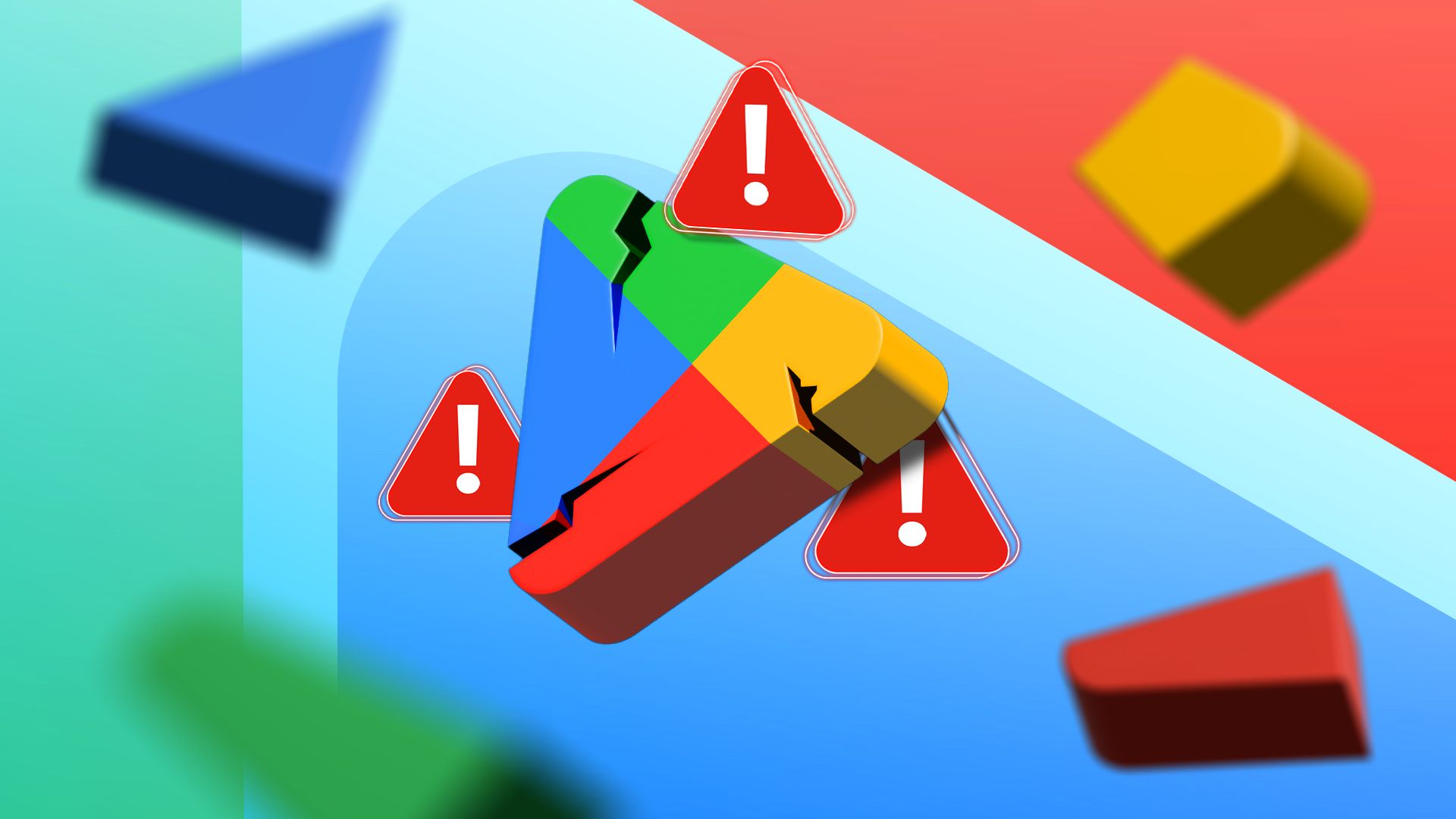I manually search for apps in the Play Store all the time, but I can’t remember the last time the Play Store introduced me to an app I hadn’t already heard of. The store is terrible at this vitally important part of its job.
Most Recommendations Are Actually Ads
When you first open the Play Store, most of the apps you see aren’t curated games that someone has taken the time to highlight for Android users. They’re not even games Google’s algorithm thinks you might like.
Look closely, and you’ll see that these titles are instead labeled as “Sponsored.” In other words: they’re ads. Google’s curated games are typically shown with large thumbnails on carousels that go left to right, so you only see one or two at a time. Sponsored games often show up in a vertical list, just like search results and your list of installed apps. These ads don’t just appear at the top either. Keep scrolling, and the next time you see a vertical list, those are likely ads too.
That’s not to say that every time you see a carousel, those are Google’s curated games. Sometimes those are ads too. The Play Store is intentionally set up so that you can’t immediately tell ads apart from genuine recommendations without taking the time to check.
We’re Shown the Lowest Common Denominator
Are some small indie developers paying Google for top placement? It’s possible, but that’s not what makes up the bulk of the list. Nor are these even mobile apps and games from big name publishers.
They’re often monetization schemes from publishers who push out addictive, highly similar games meant to hook people into continuously spending money on virtual currencies and in-app purchases. They’re the kind of games that appear in full-screen ads or in internet commercials.
Related
I Played the Worst Mobile Games From Those Fake Ads So You Don’t Have To
The verdict was very predictable.
I’m not saying none of these games are any good. Many are well-reviewed, but you have to take a moment to consider who’s leaving the reviews. Many people have grown up with smartphones or never owned a gaming console, and they’re comparing these games they’re being shown with other similar games they were shown in the past. It feels like a marketplace of the most shallow, pick-up-and-play Flash games that now come out for phones instead of web browsers.
This situation does nothing to help other gamers find the kind of games we see on Steam, many of which are also available in the Play Store. Quite a few of my favorite games for my foldable phone are PC ports.
Here Are Apps You Already Know About
The iPhone has a more vibrant app culture than Android does. There are many iPhone exclusives that those of us who use Android can’t install, in part because people tend to spend more money buying apps on Apple devices.
Are there any good Android-exclusive apps? You’d be forgiven for not being able to think of any. Google doesn’t do much to help you find them.
Open the Apps tab in the Play Store, and you’ll see list after list of the largest brands you’ve already know about. A category labeled “Featured Apps” with the sub-heading “Optimized for your device” shows me ChatGPT, TikTok, Spotify, Netflix, Temu, and Microsoft Outlook. If I tap on the arrow to view more, only after scrolling past the first couple dozen apps do I see a few I don’t recognize, like Clip Studio Paint and Concepts: Sketch, Note, Draw. Neither, by the way, is an Android exclusive.
Who Is Highlighting Android’s Developer Scene?
Do you know one of the reasons I now use my phone more than ever? A big part of it has to do with Niagara Launcher, a homescreen replacement that does away with the traditional app grid in favor of app lists that are easy to scroll with one hand, while also making important information like upcoming events and the weather easily accessible.
This is the kind of design I tried to create in apps like Nova Launcher for years, and it makes Niagara Launcher perfect for big phones. The app happens to come from a small team trying to make a business out of developing an Android app.
Niagara Launcher is precisely the kind of app you buy an Android phone for, because you cannot get apps like this on an iPhone. Apple doesn’t allow such apps to exist.
Despite this key advantage, Google doesn’t highlight homescreen replacement apps. Android, in general, is also packed with great apps for power users, most of which come from small developers. I had to search our site to find some, because the Play Store (unsurprisingly, by now) doesn’t help.
There’s one bright spot, and that’s Google Play Pass. If you click on the Play Pass tab, you enter a magical mobile app store that’s free of ads. Every app in this corner of the Play Store is fully unlocked, so you don’t have to worry about downloading a money pit. Google has also put a little bit more effort into curating this section of the store. There are far more games than apps, but it gives a taste of how much better the Play Store could be without making any changes to its current design.
Related
Google Play Pass Is a Great Deal, Actually (But It Needs to Be Better)
It’s no Apple Arcade, but Play Pass is still a good way to game on the cheap.
The Play Store needs a re-think. At its core, browsing through endless grids or carousels, tapping based on app icons and review scores alone, just isn’t a great way to discover new software. Unless I’m shopping for groceries, I’m not interested in seeing the same brands every time I come to shop. Stores need curation, and it’s unclear if anyone is doing that Google.
Source link
